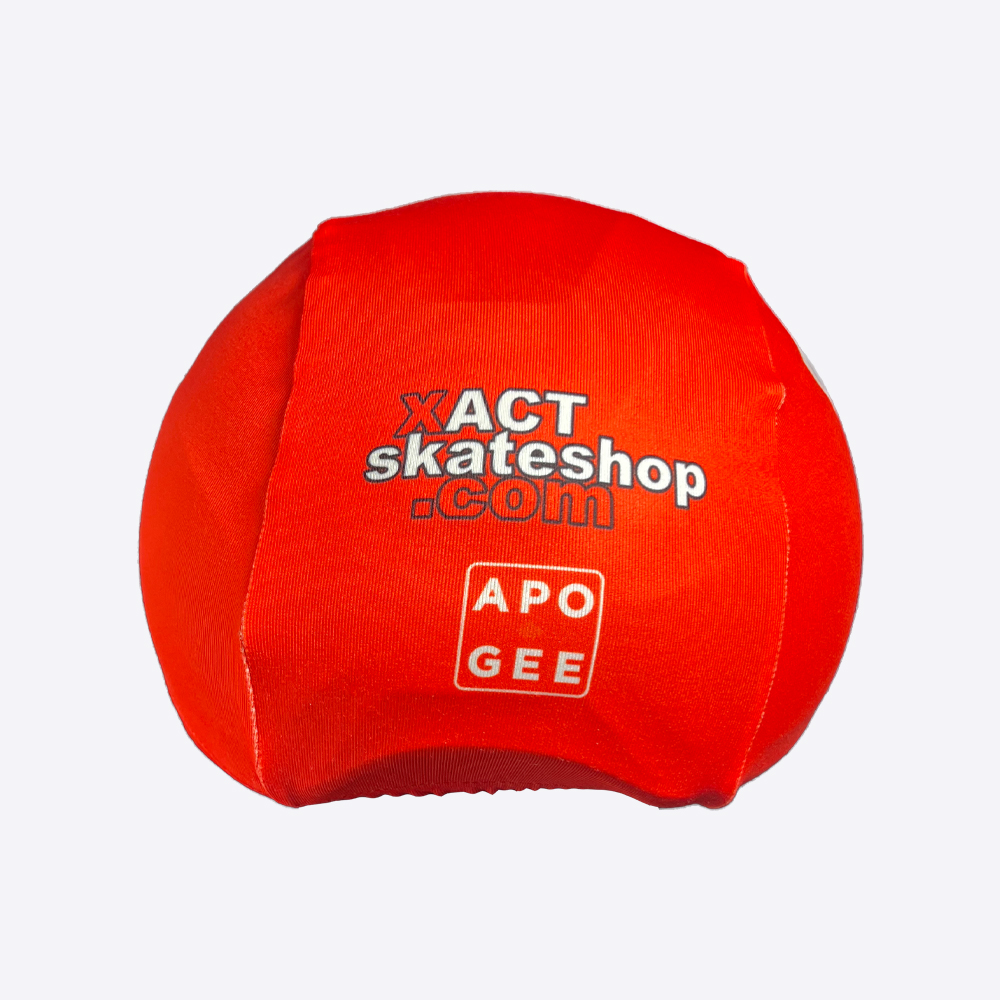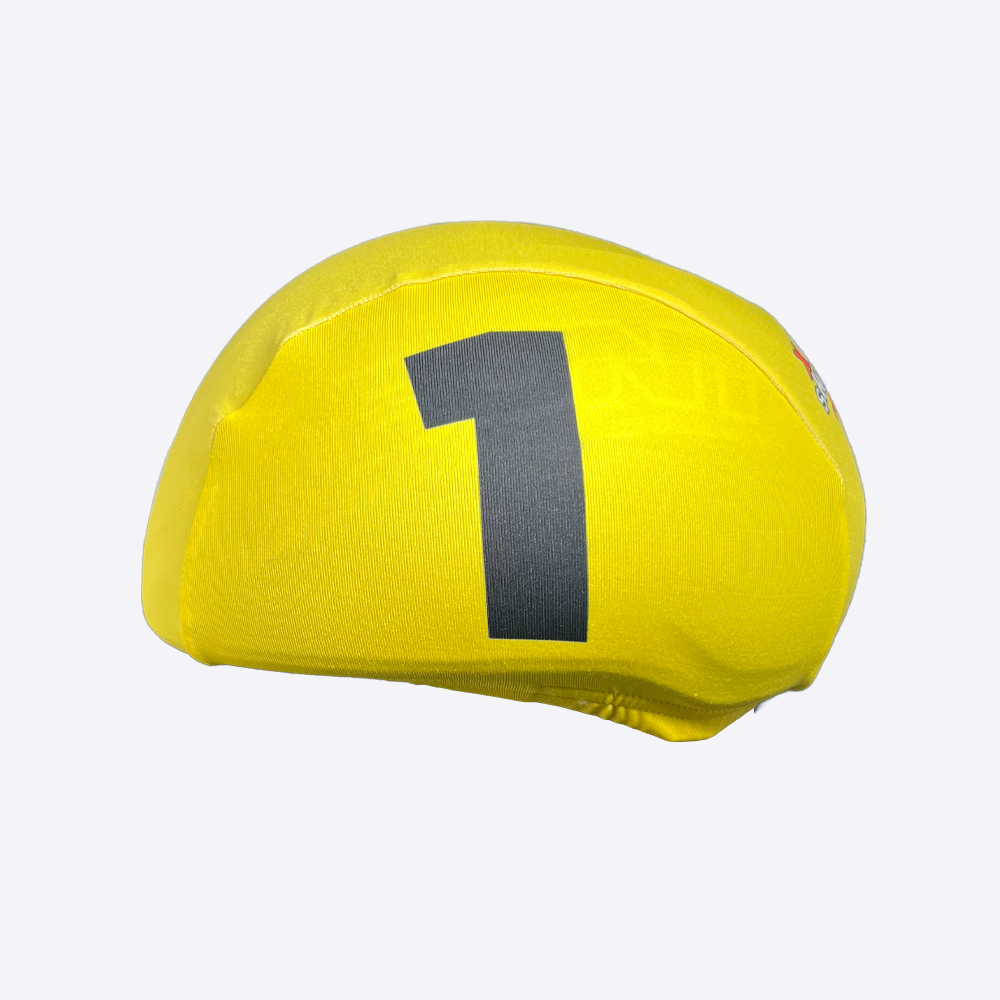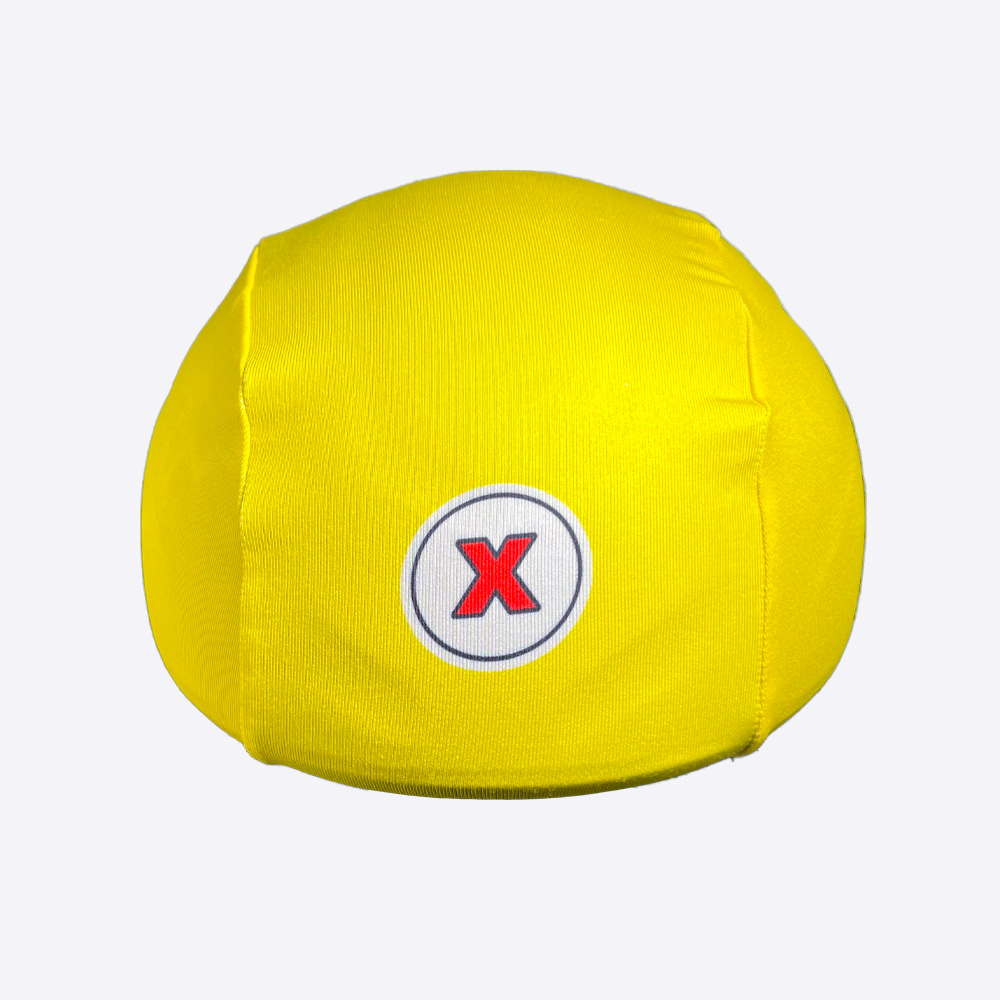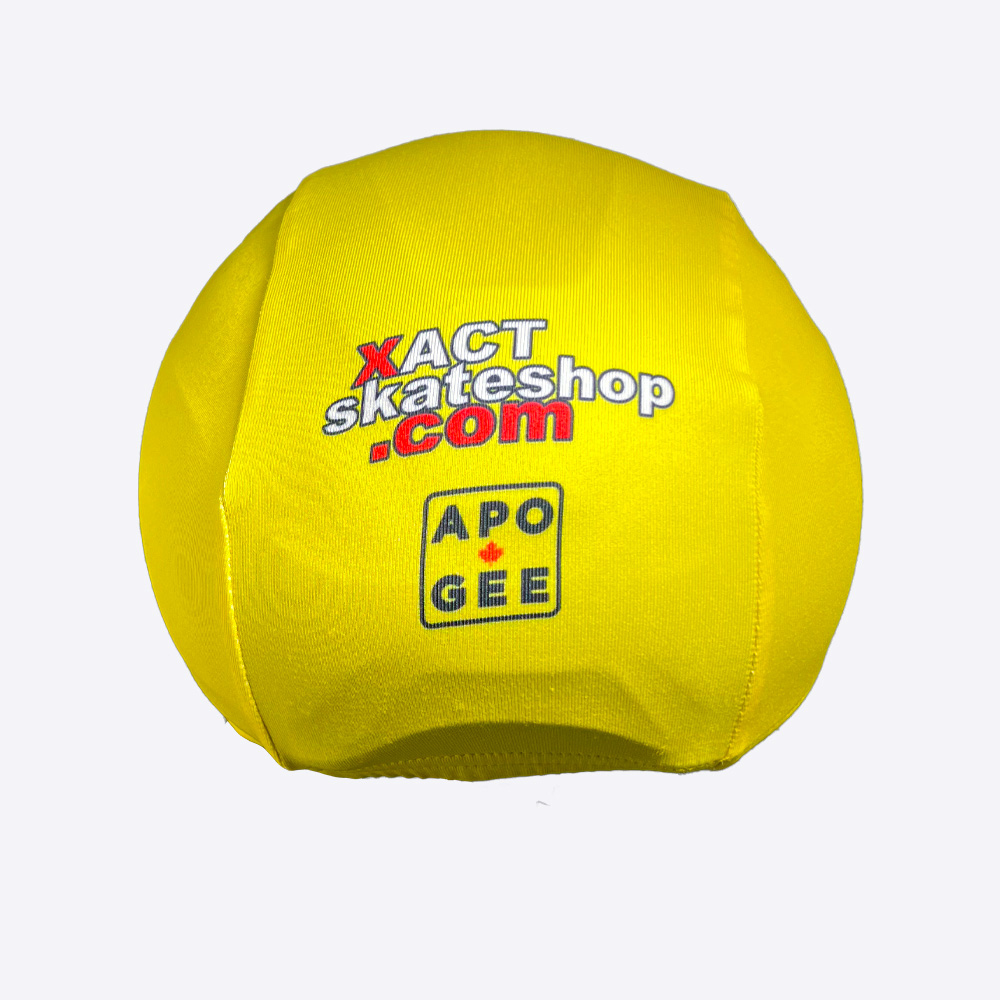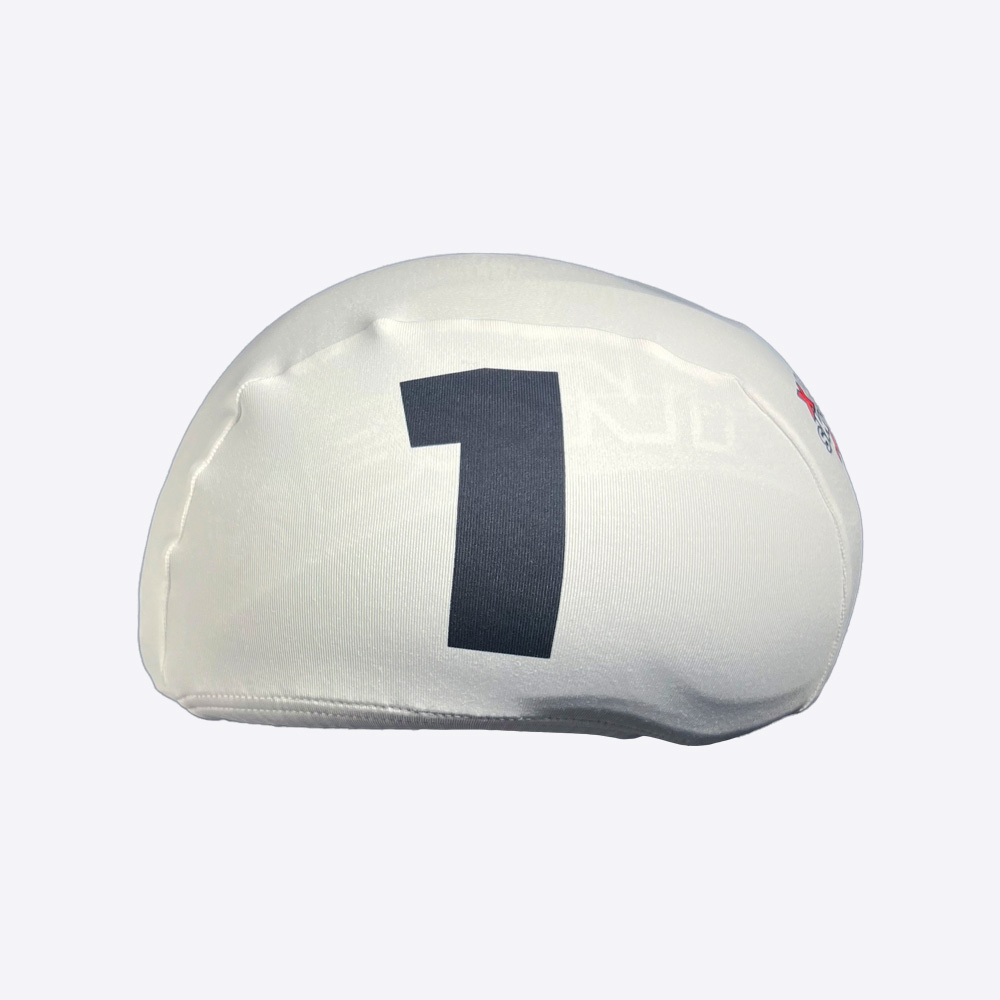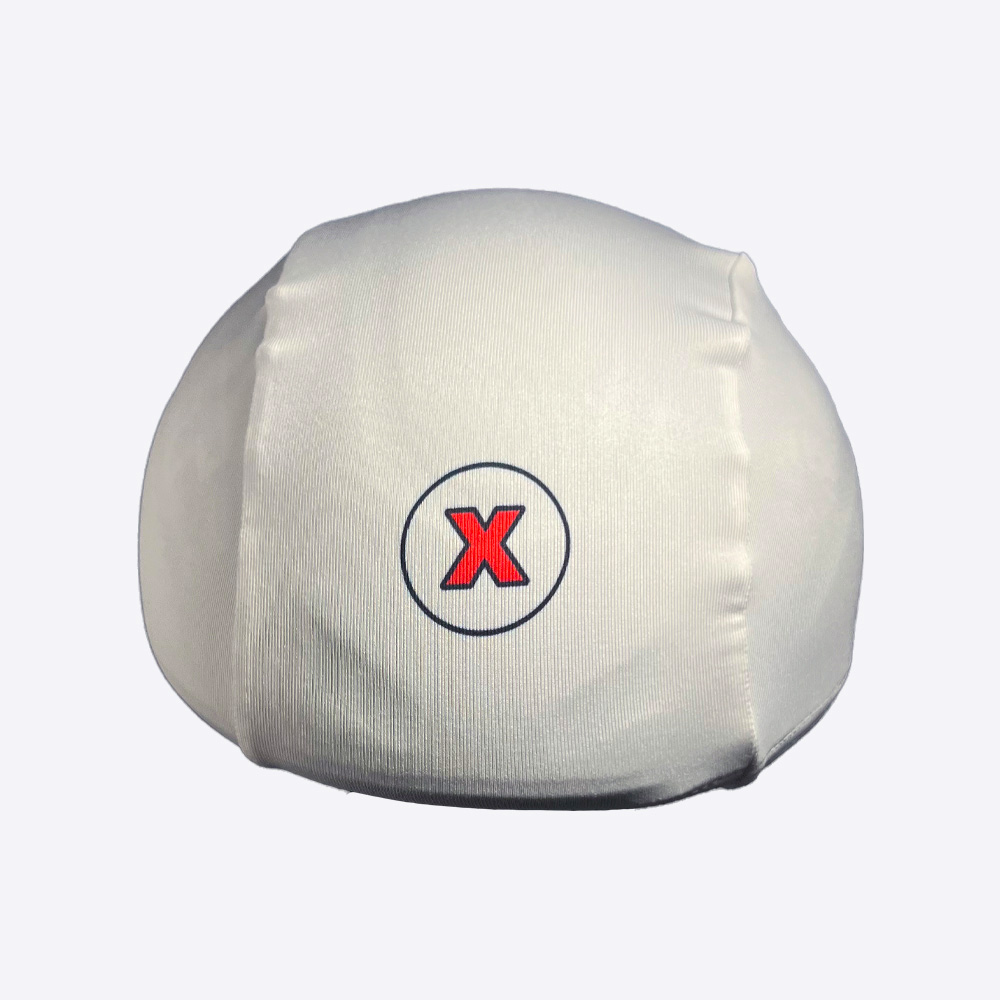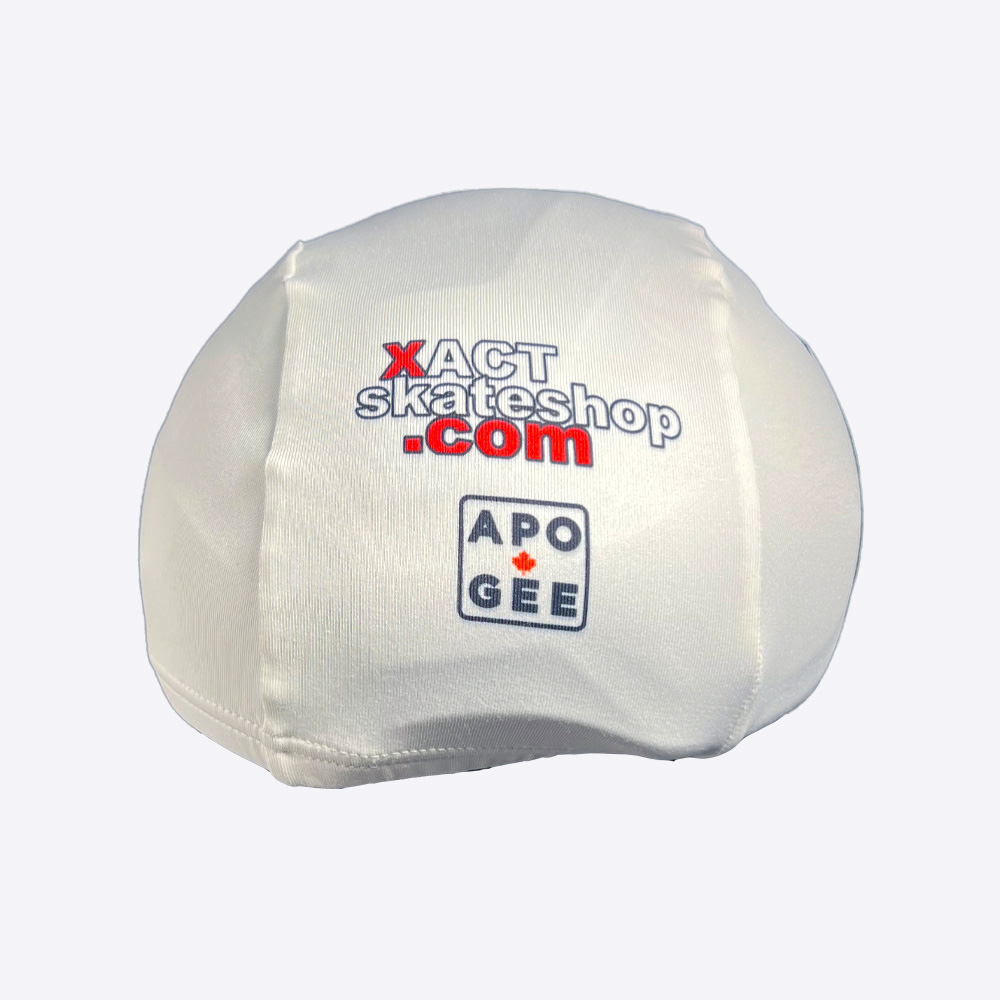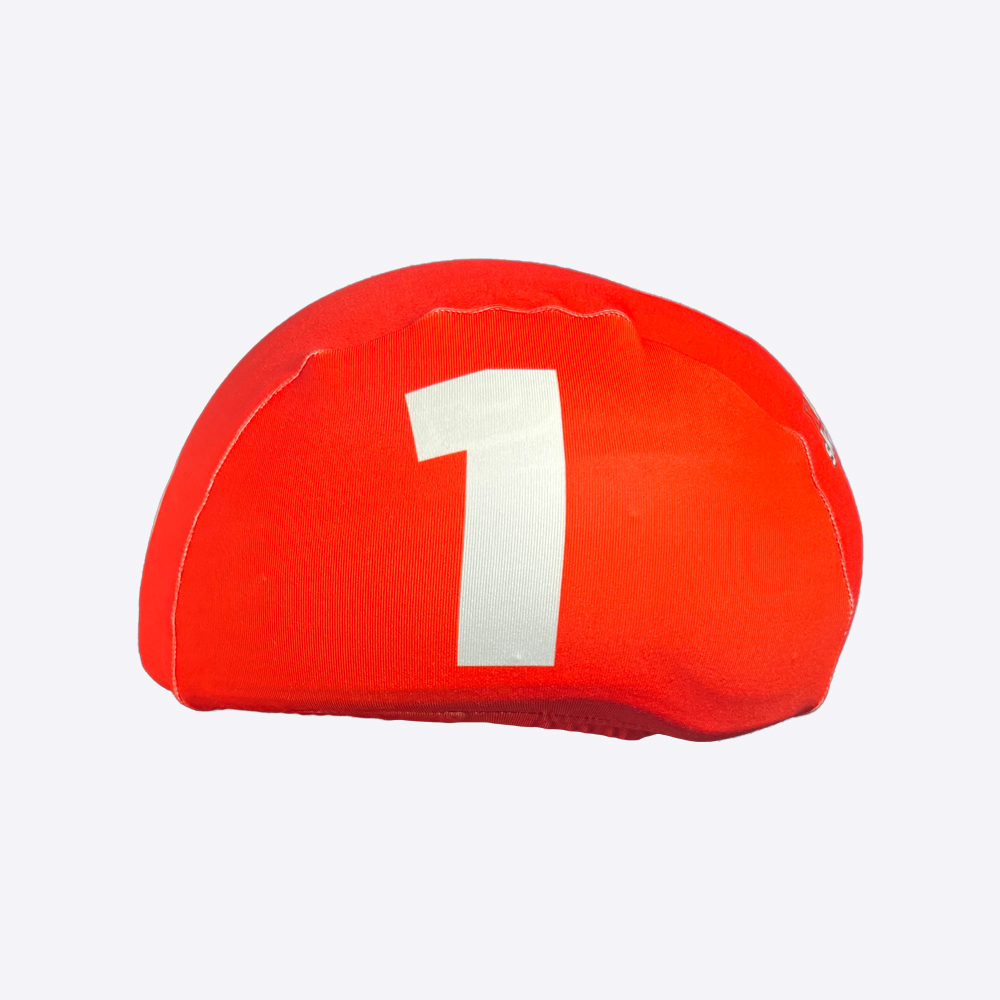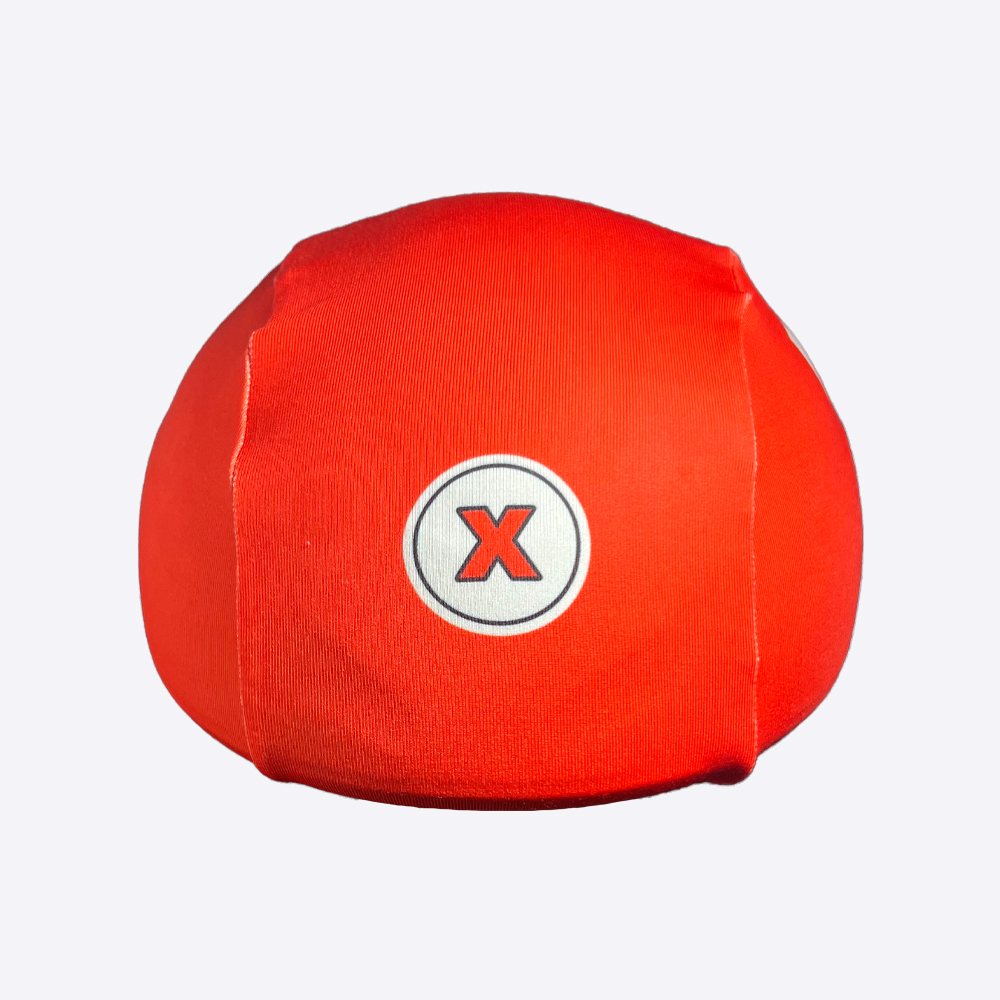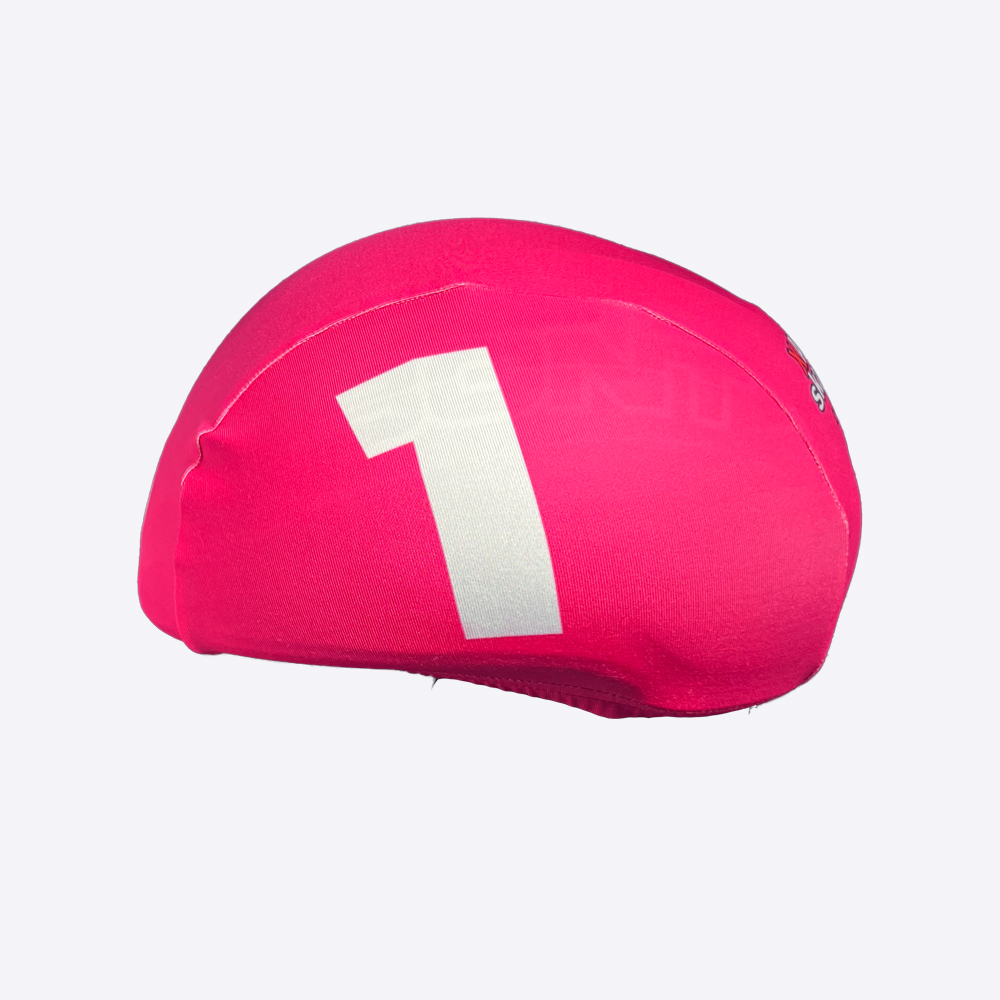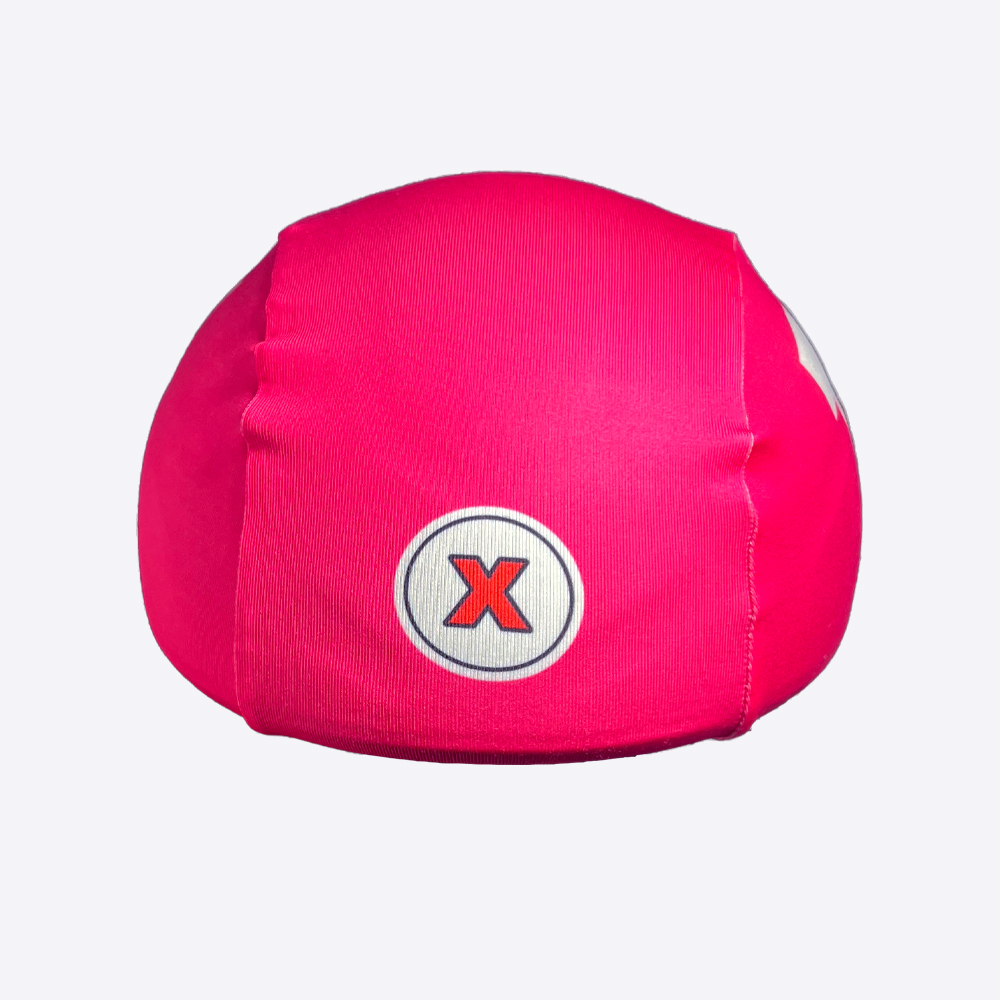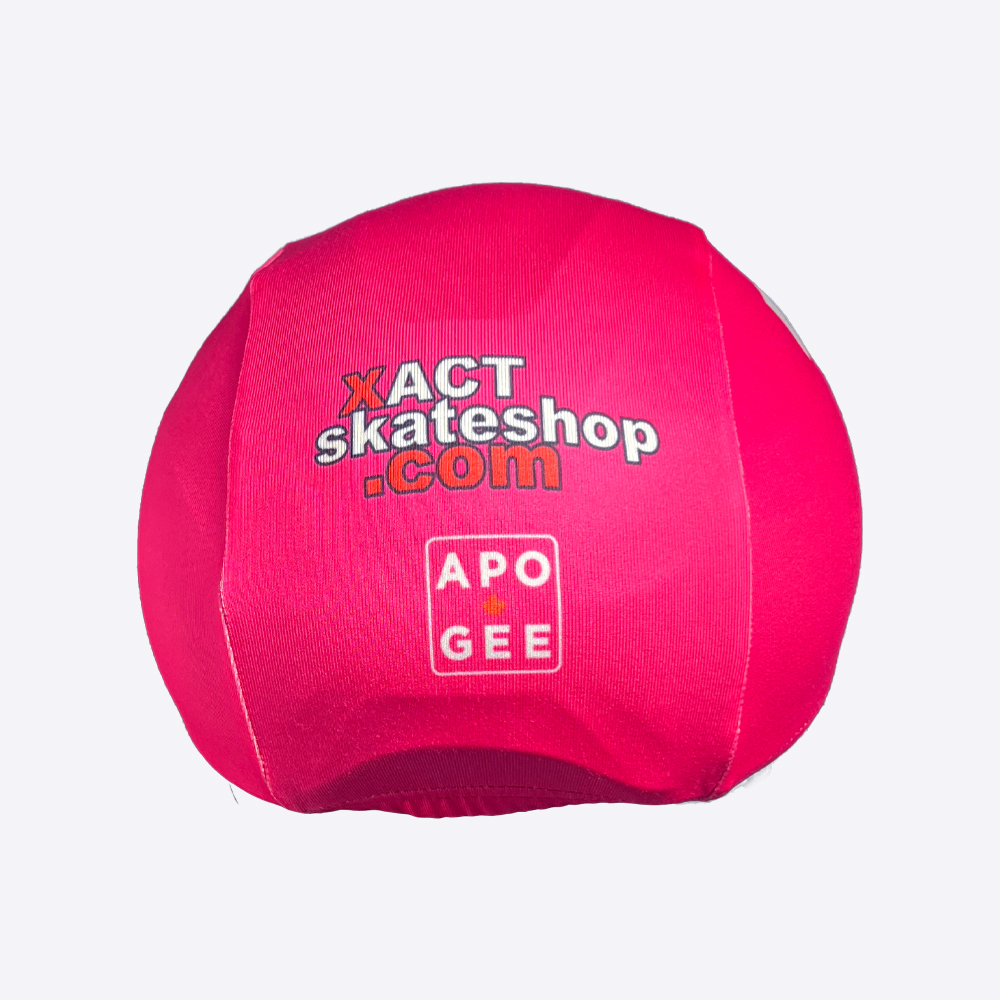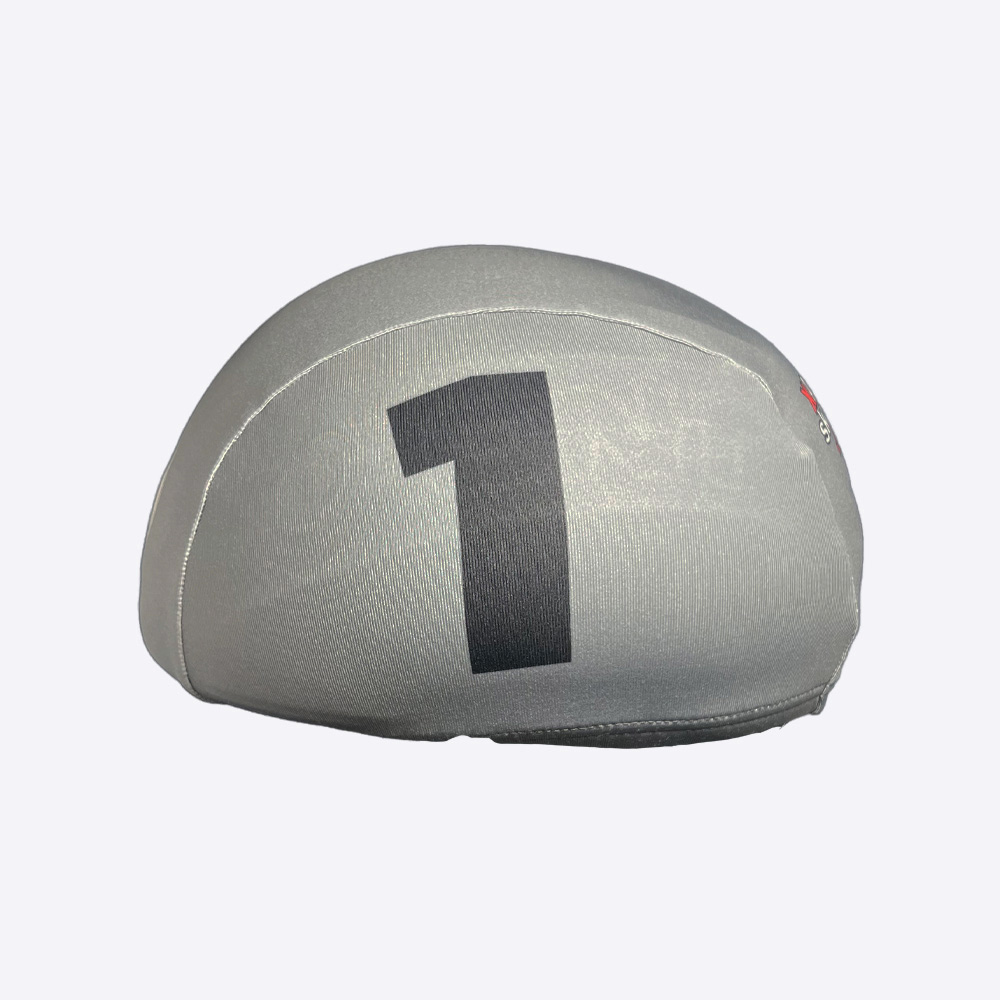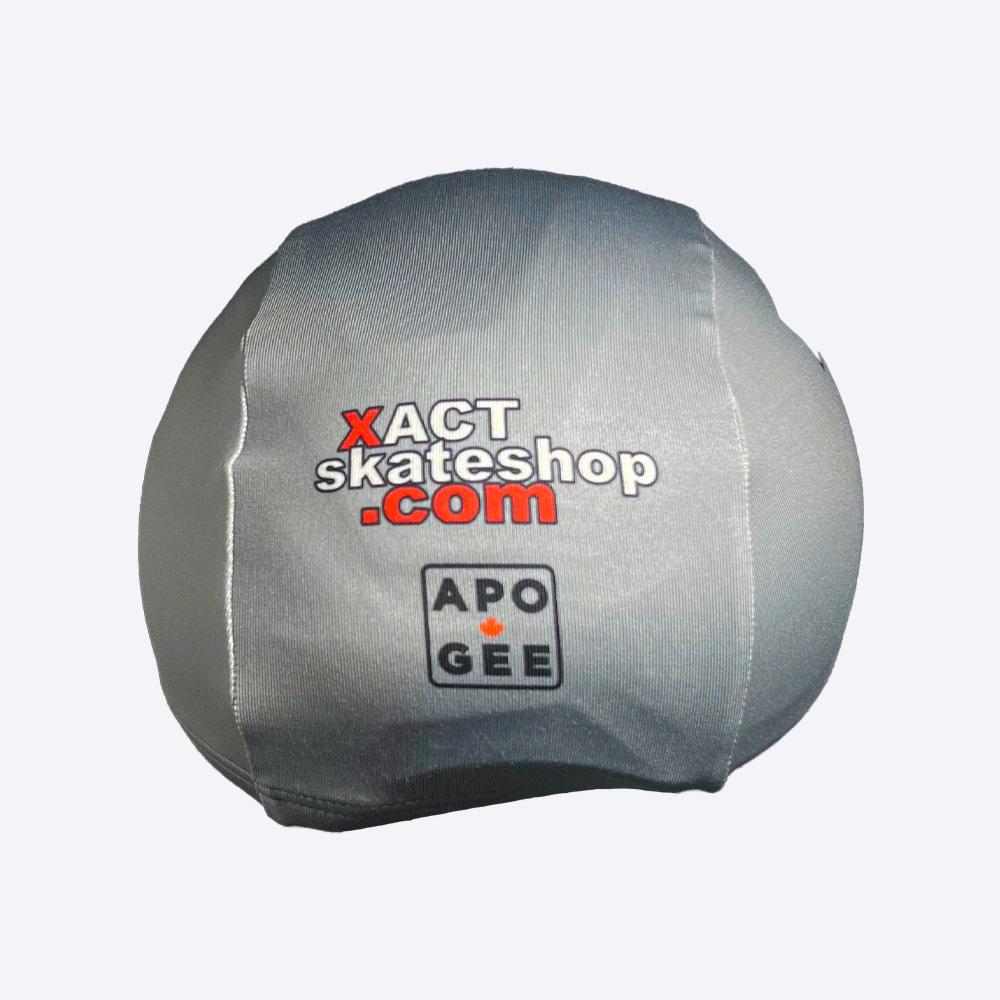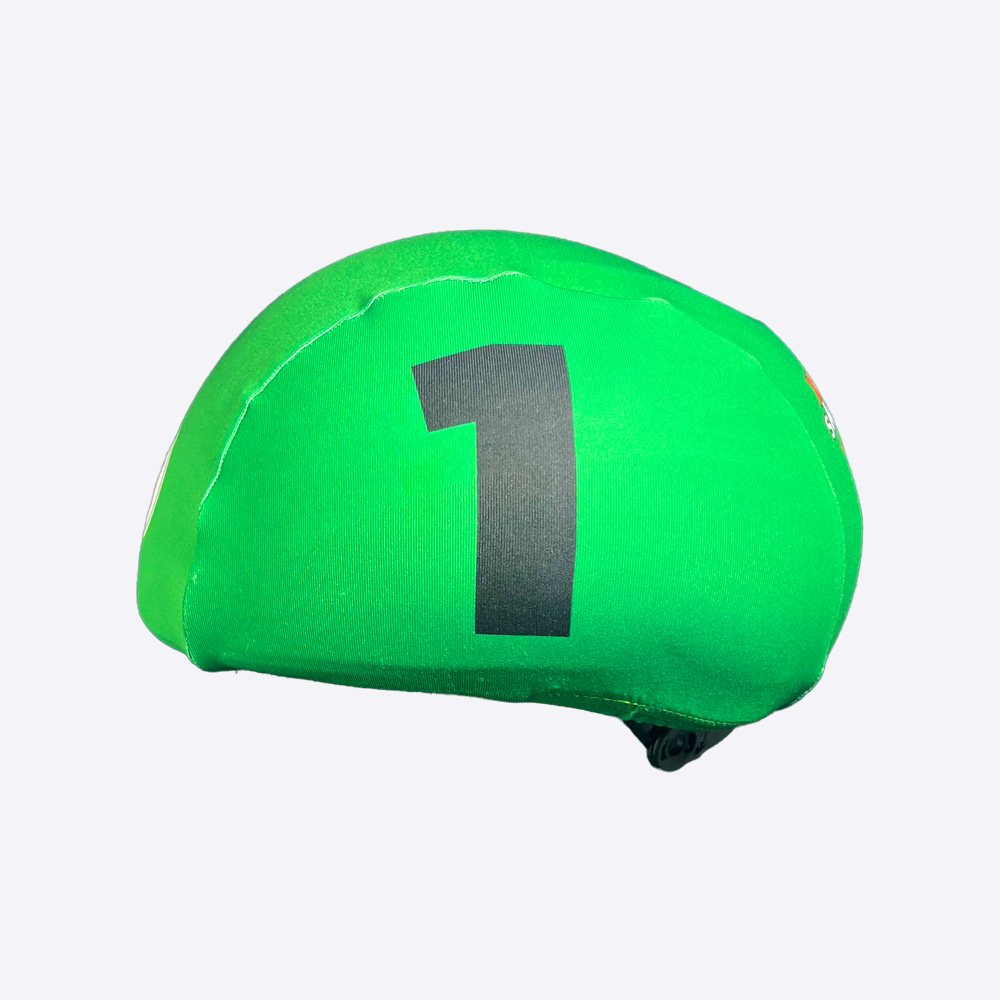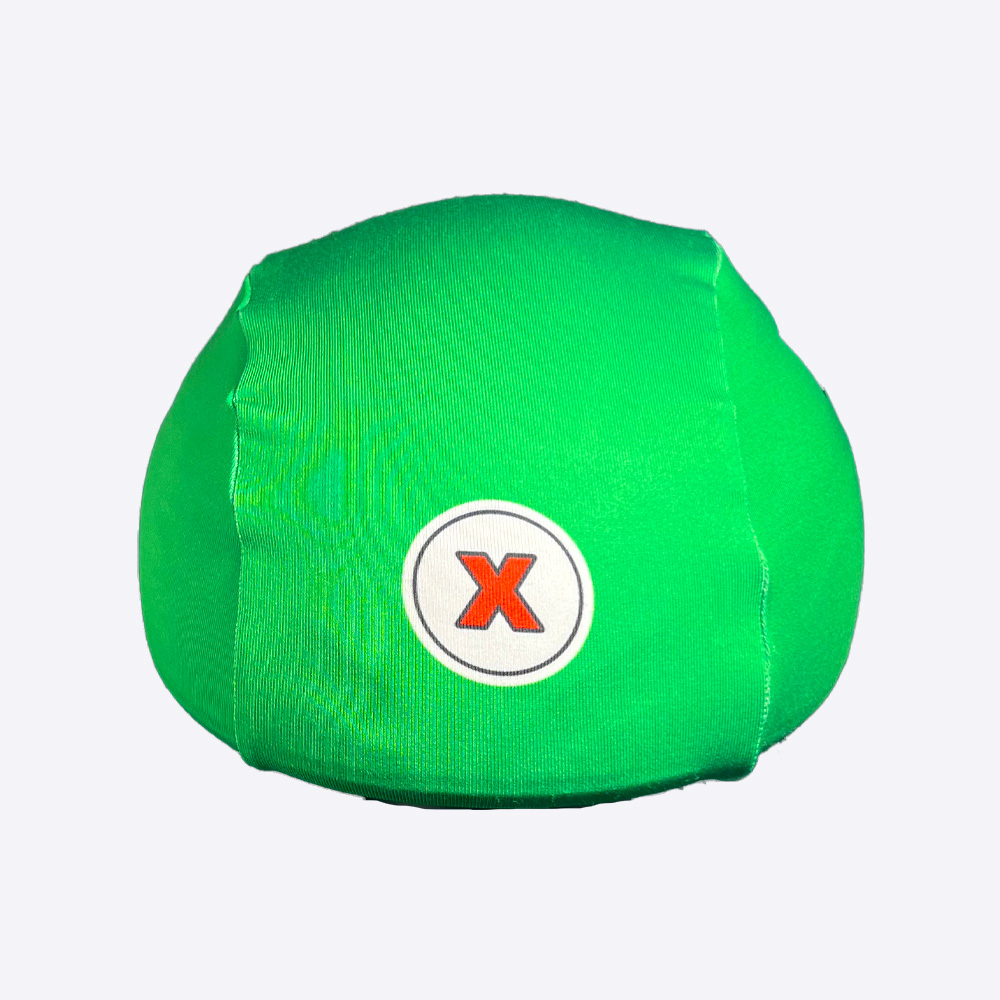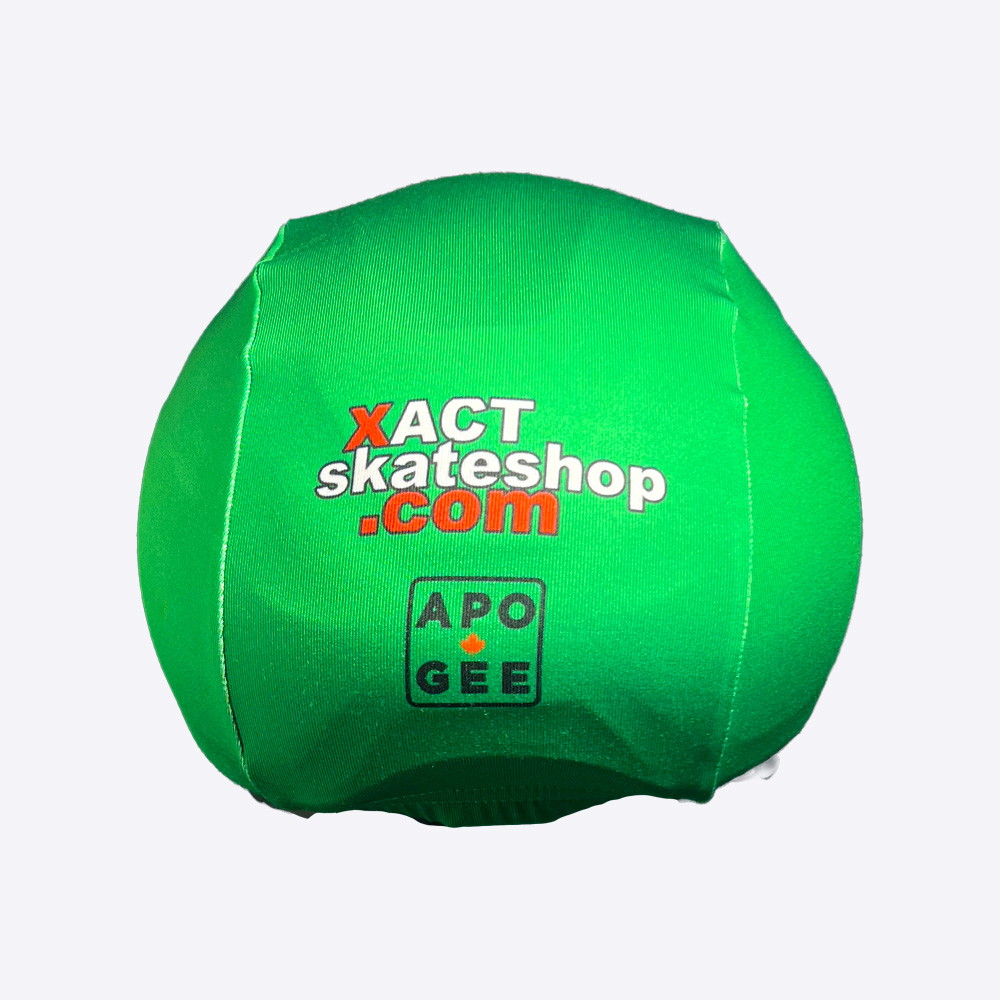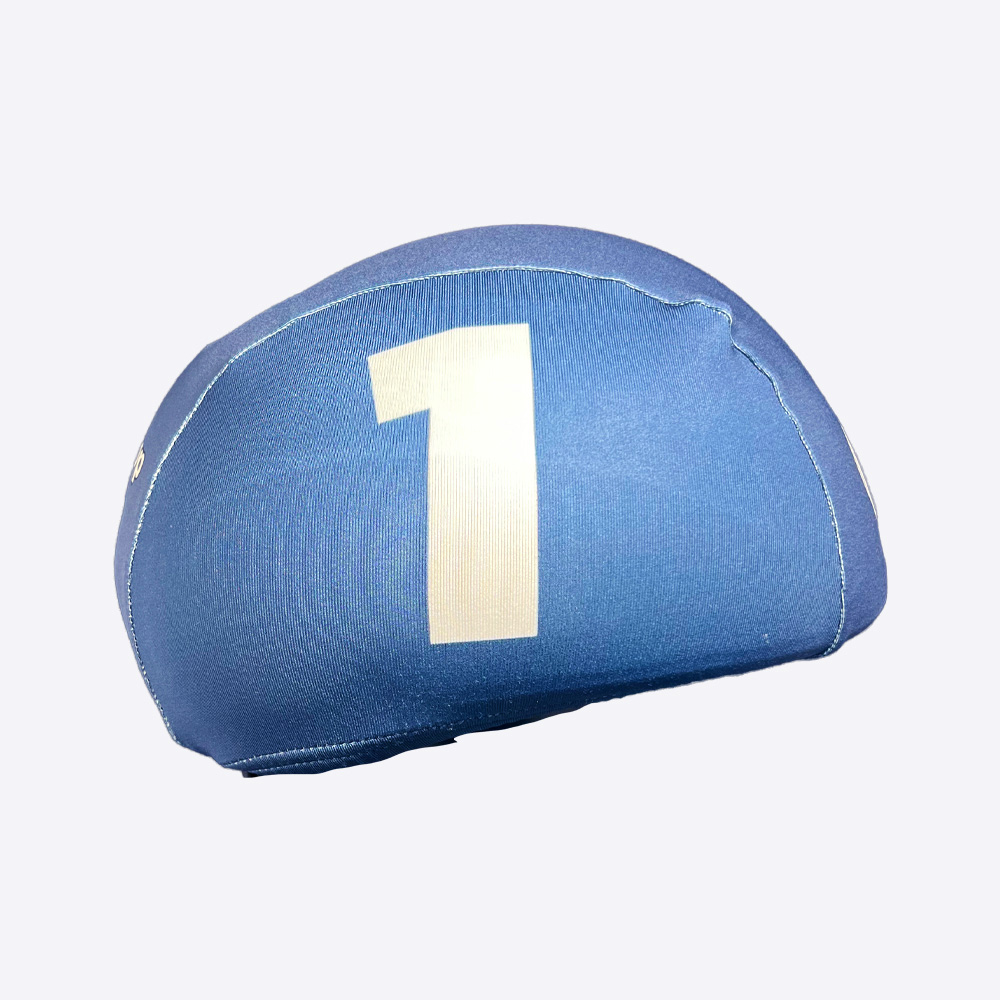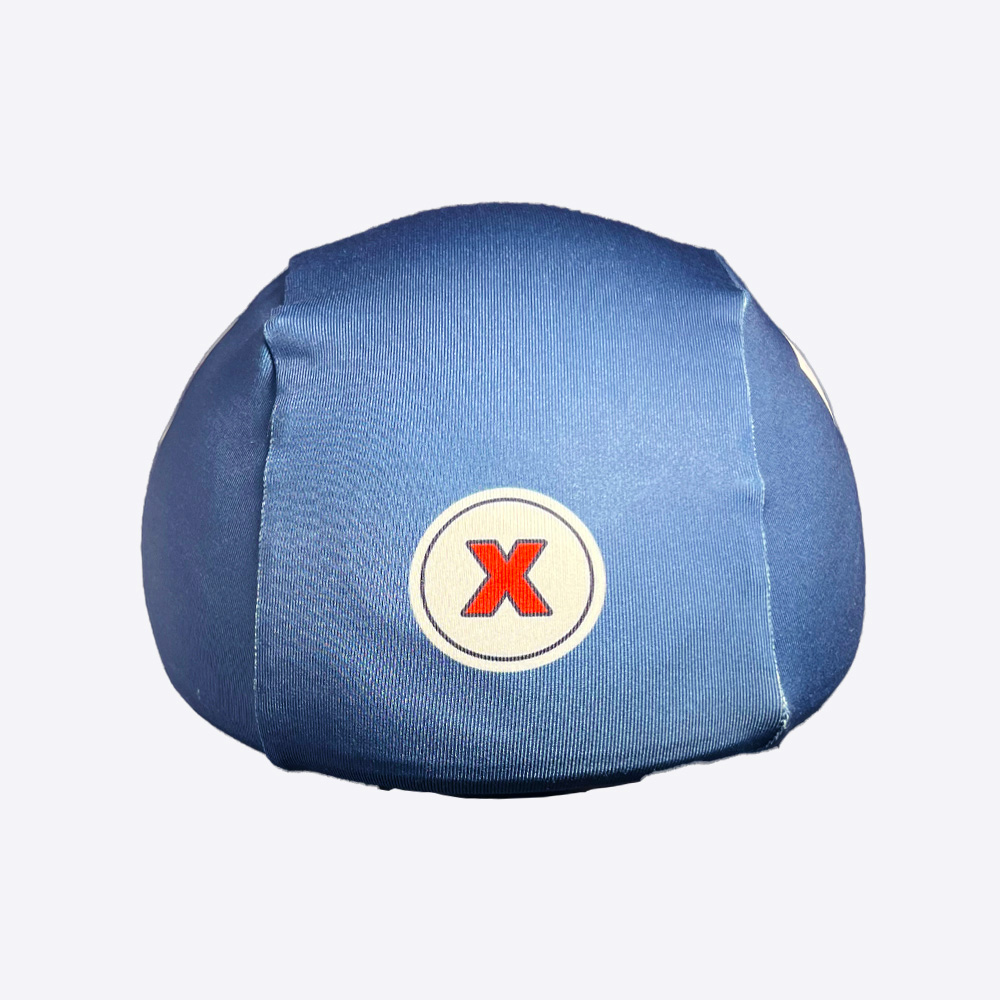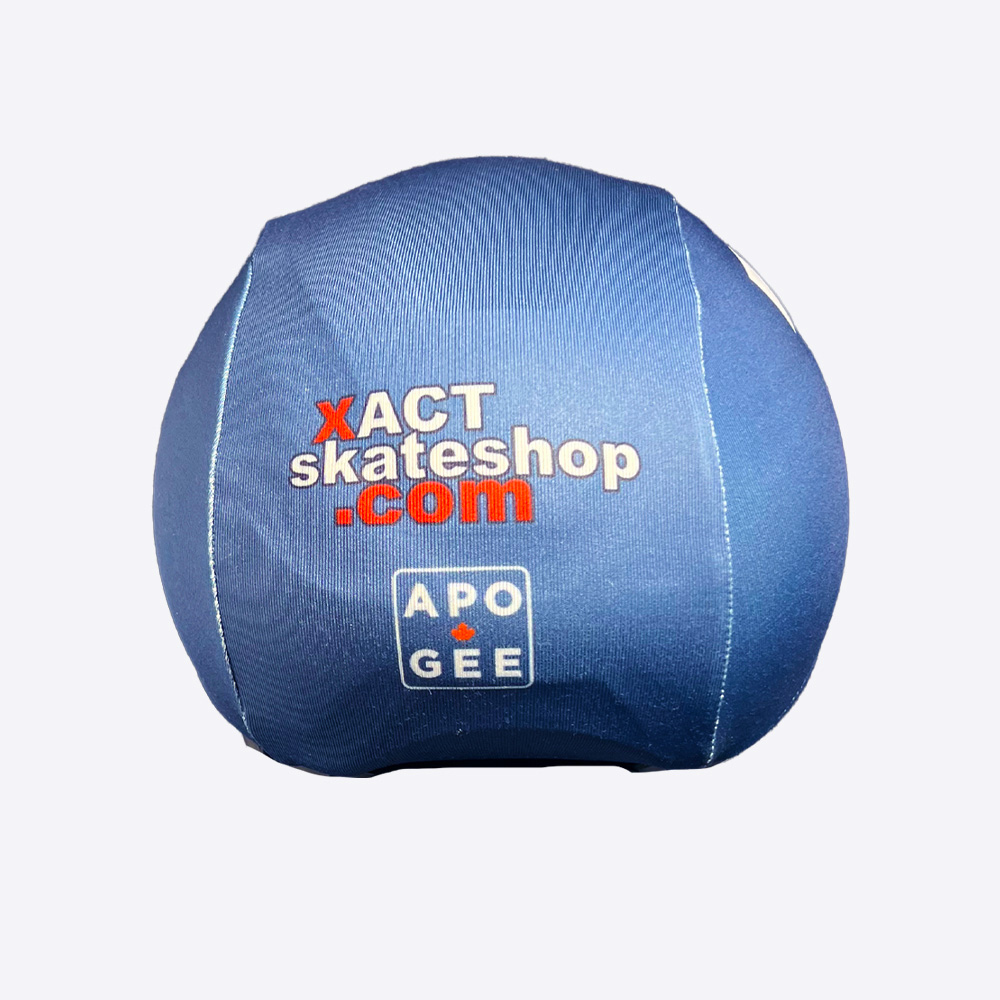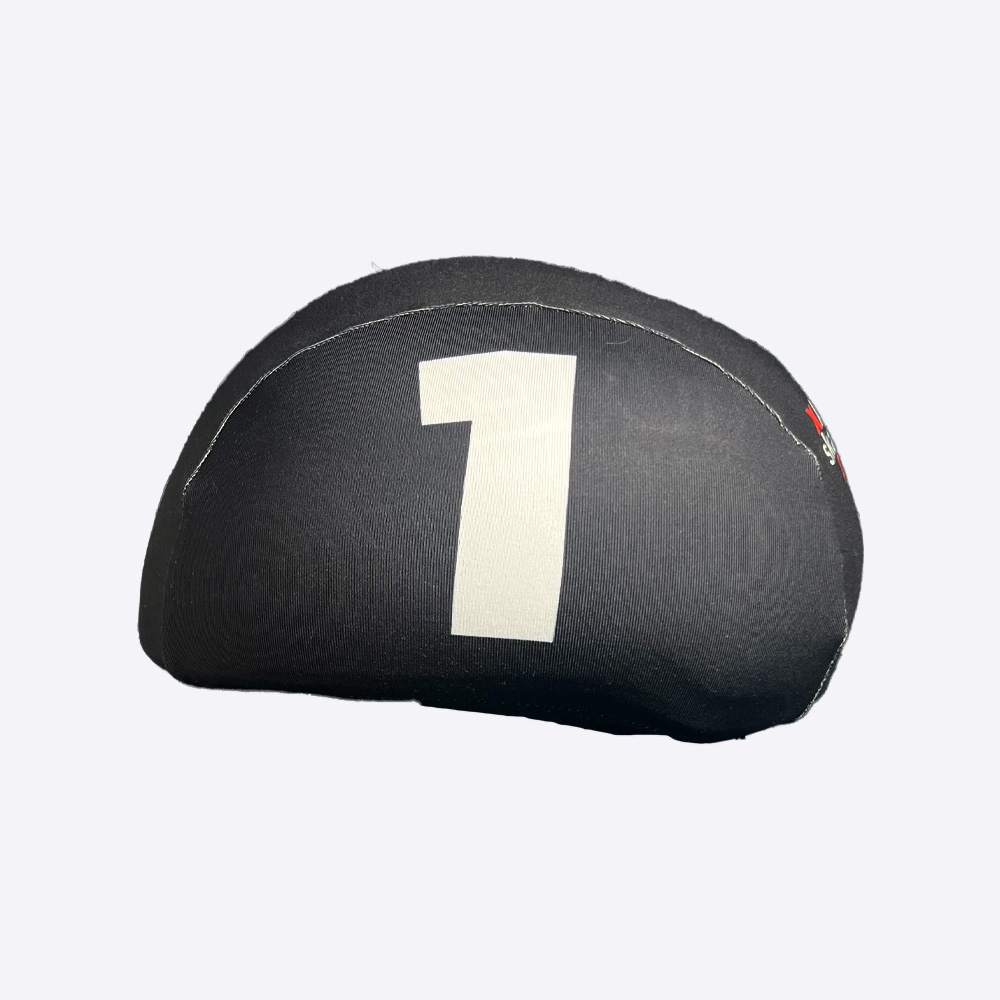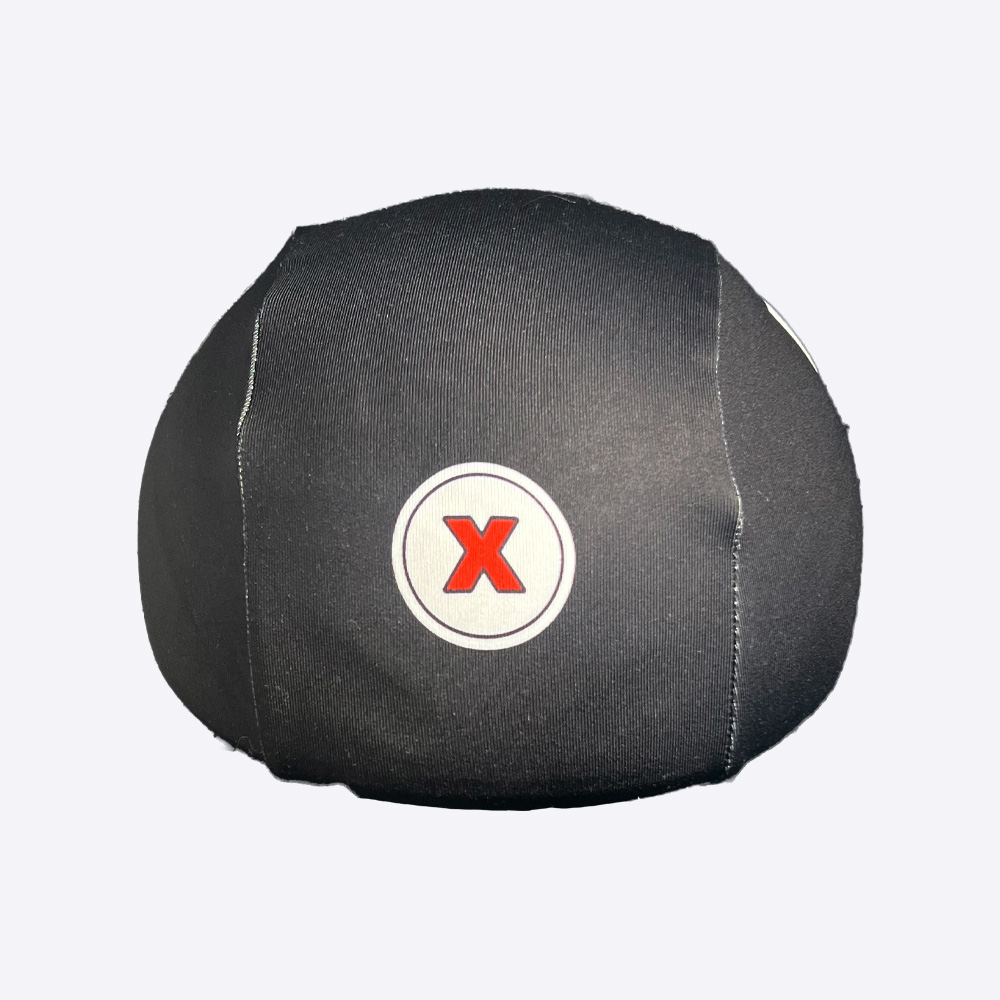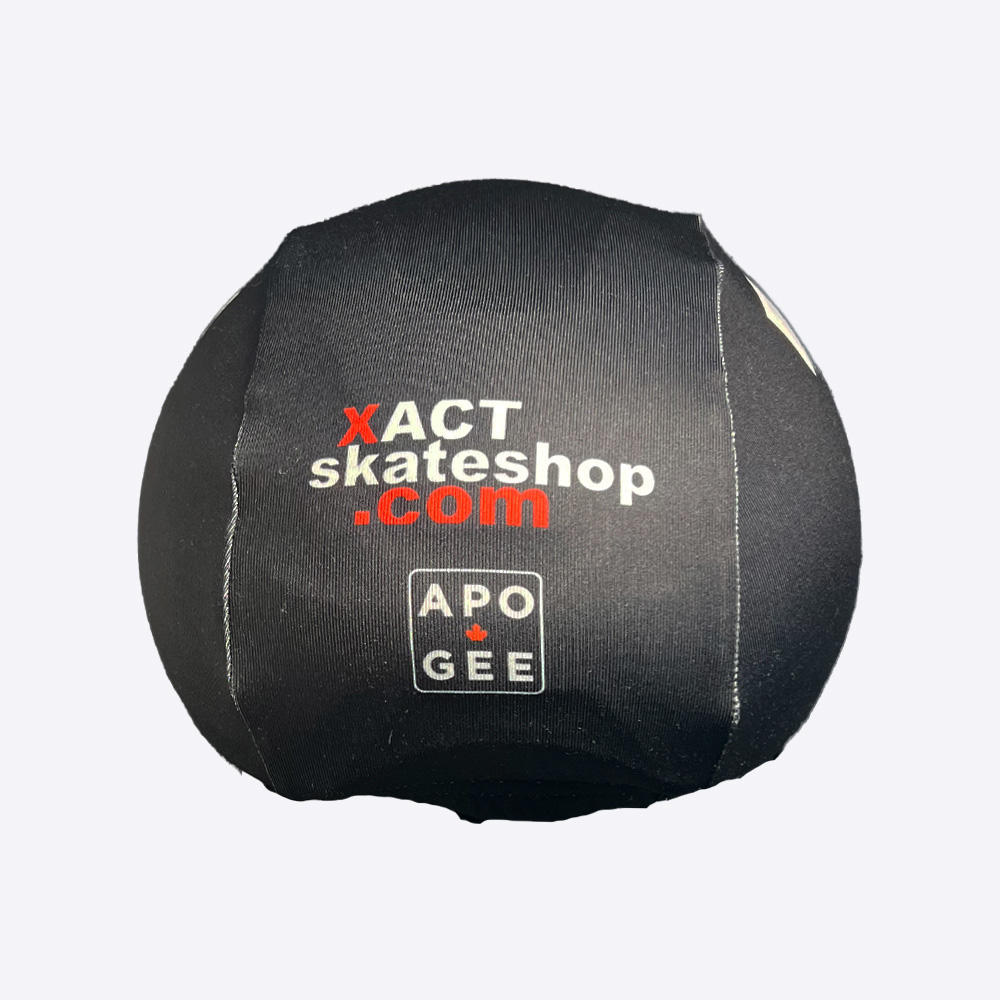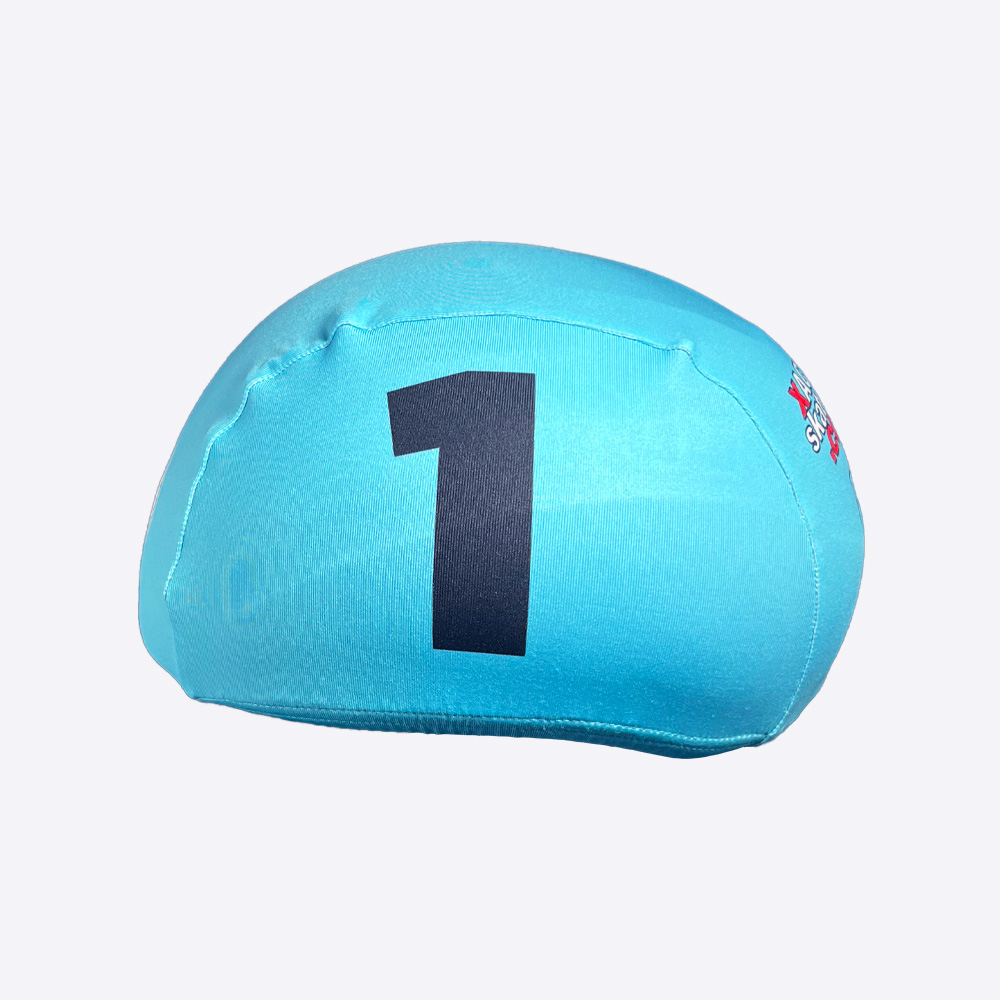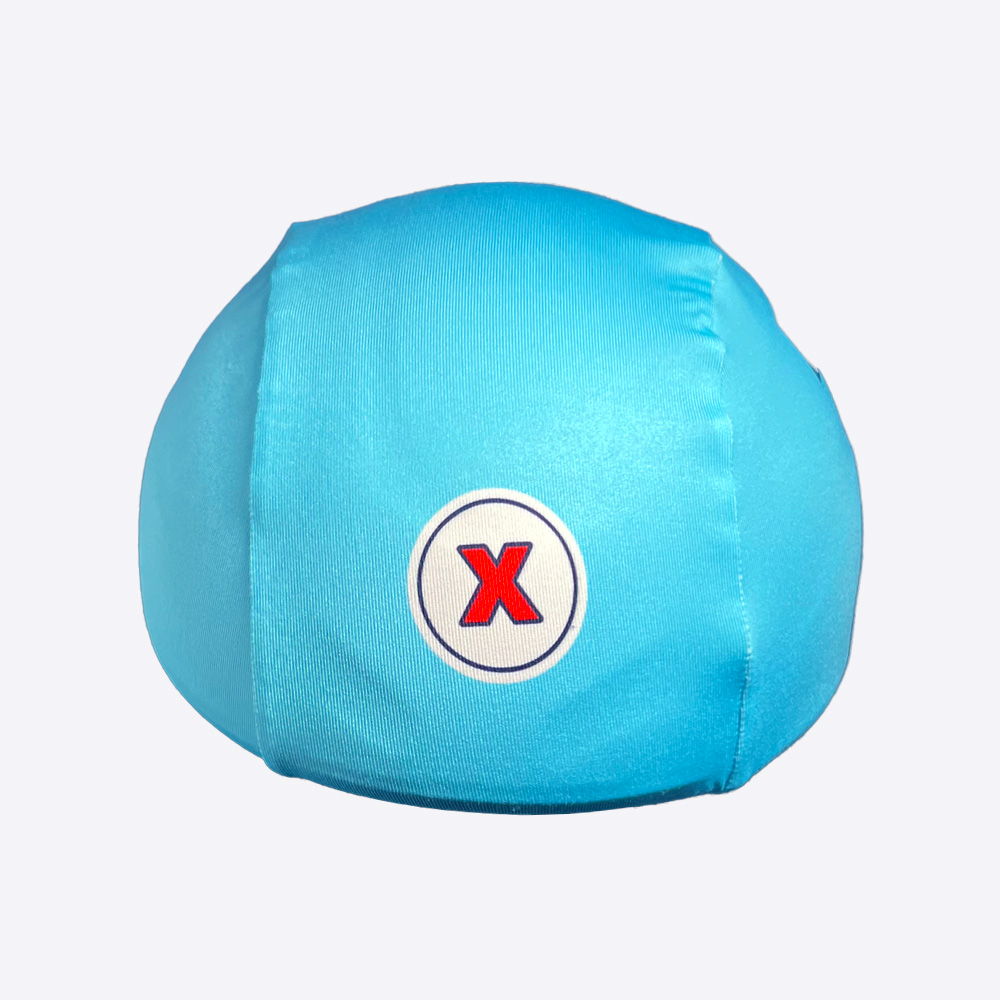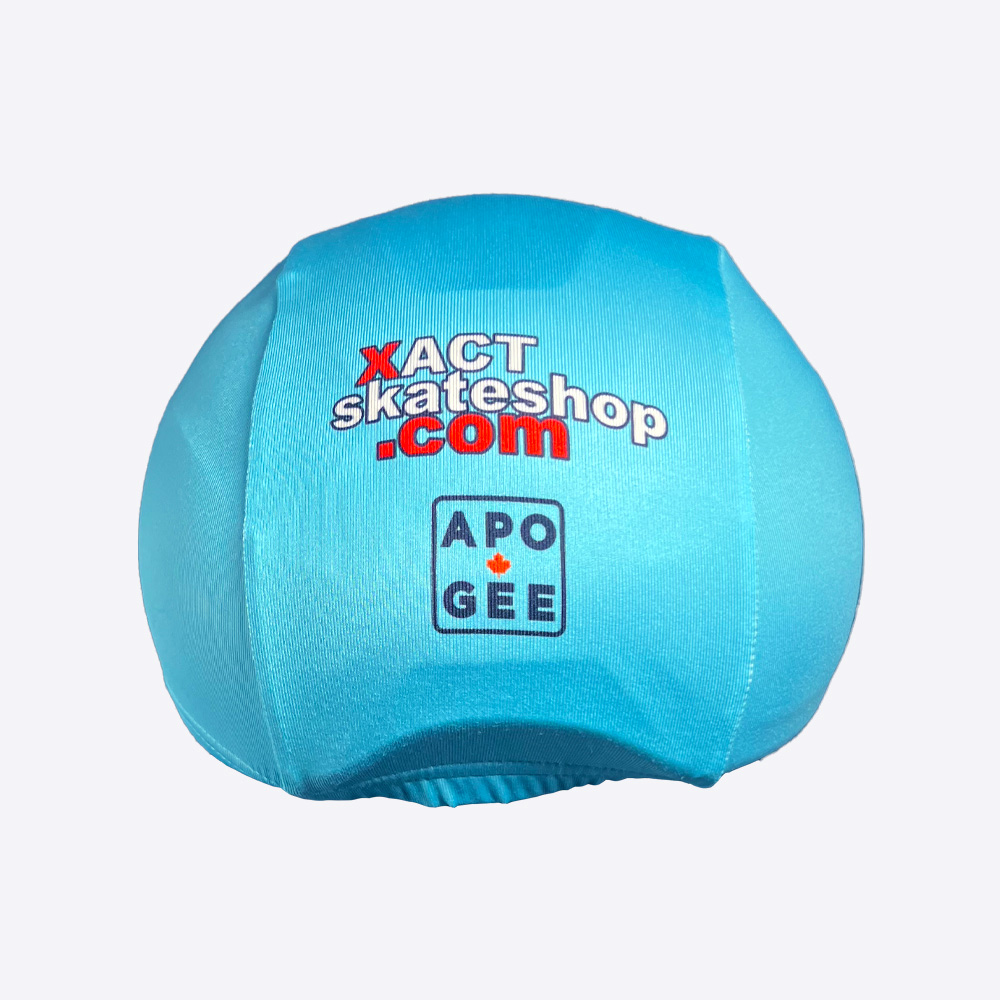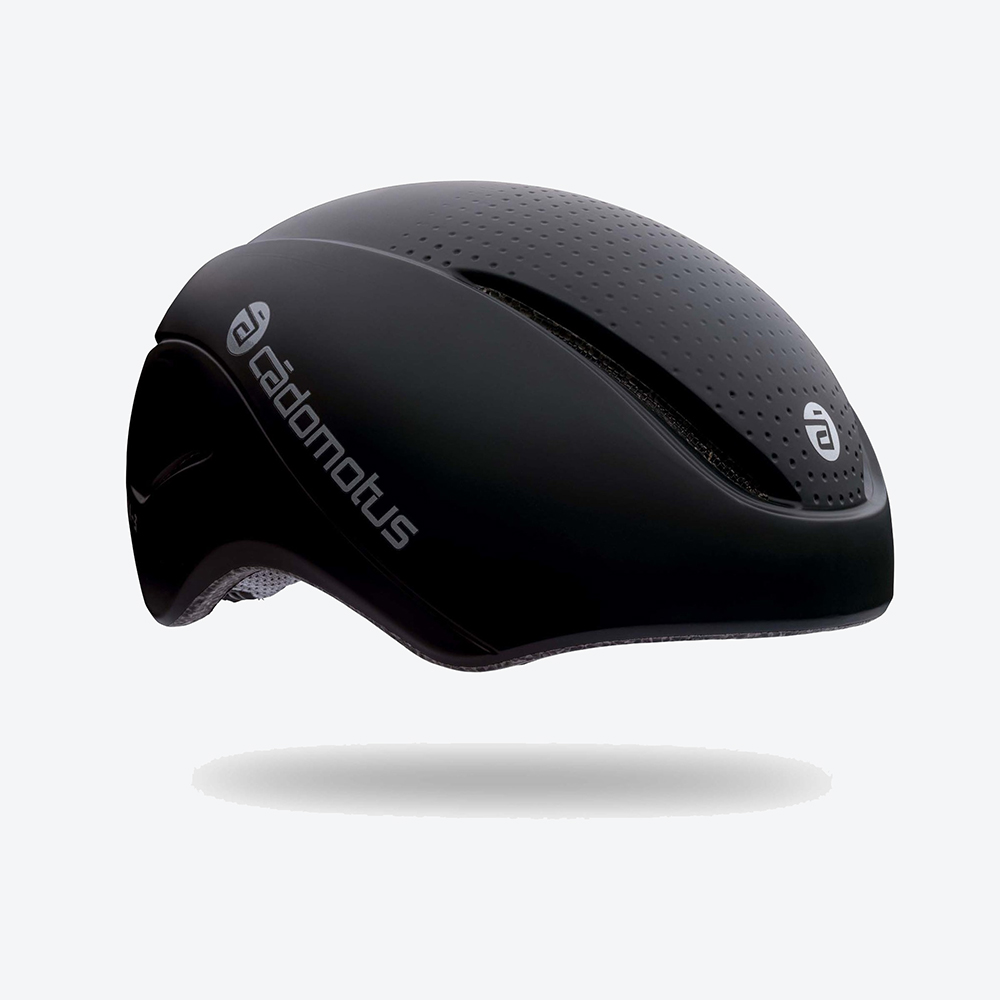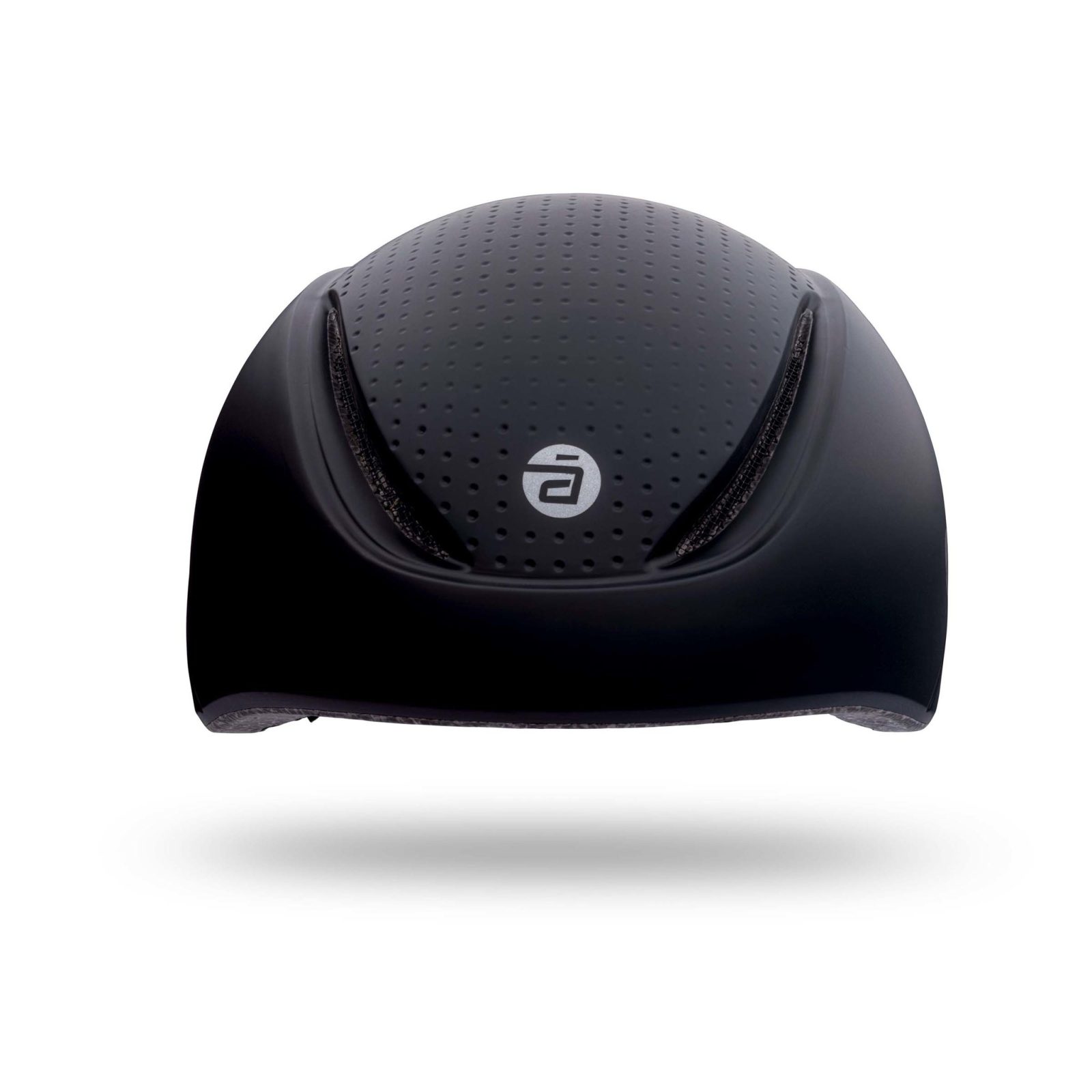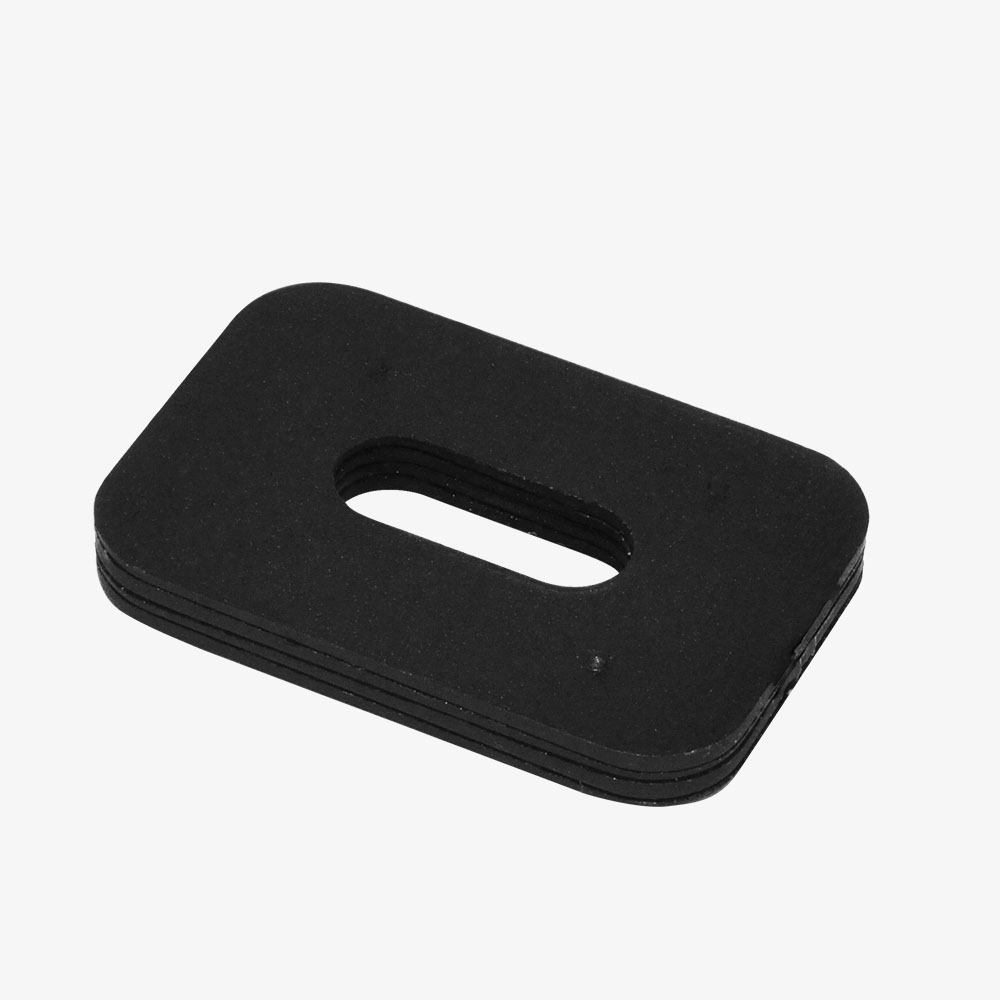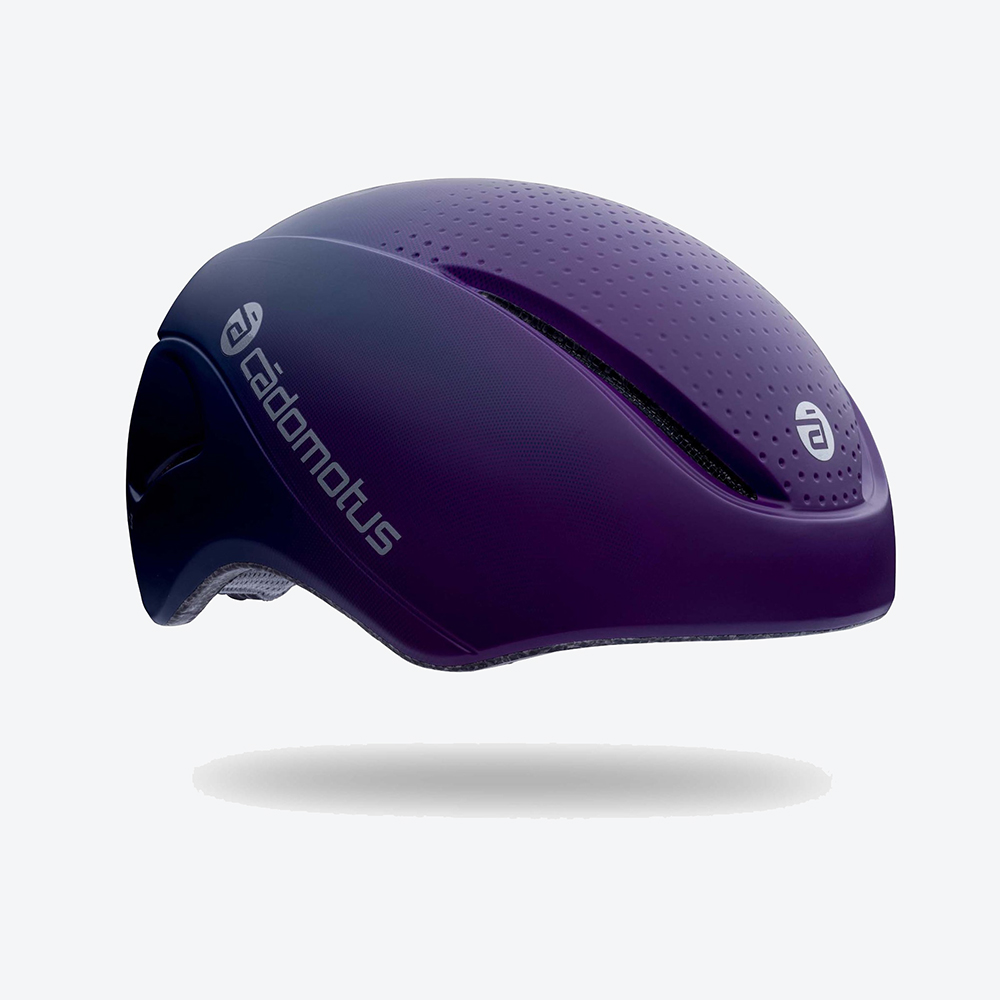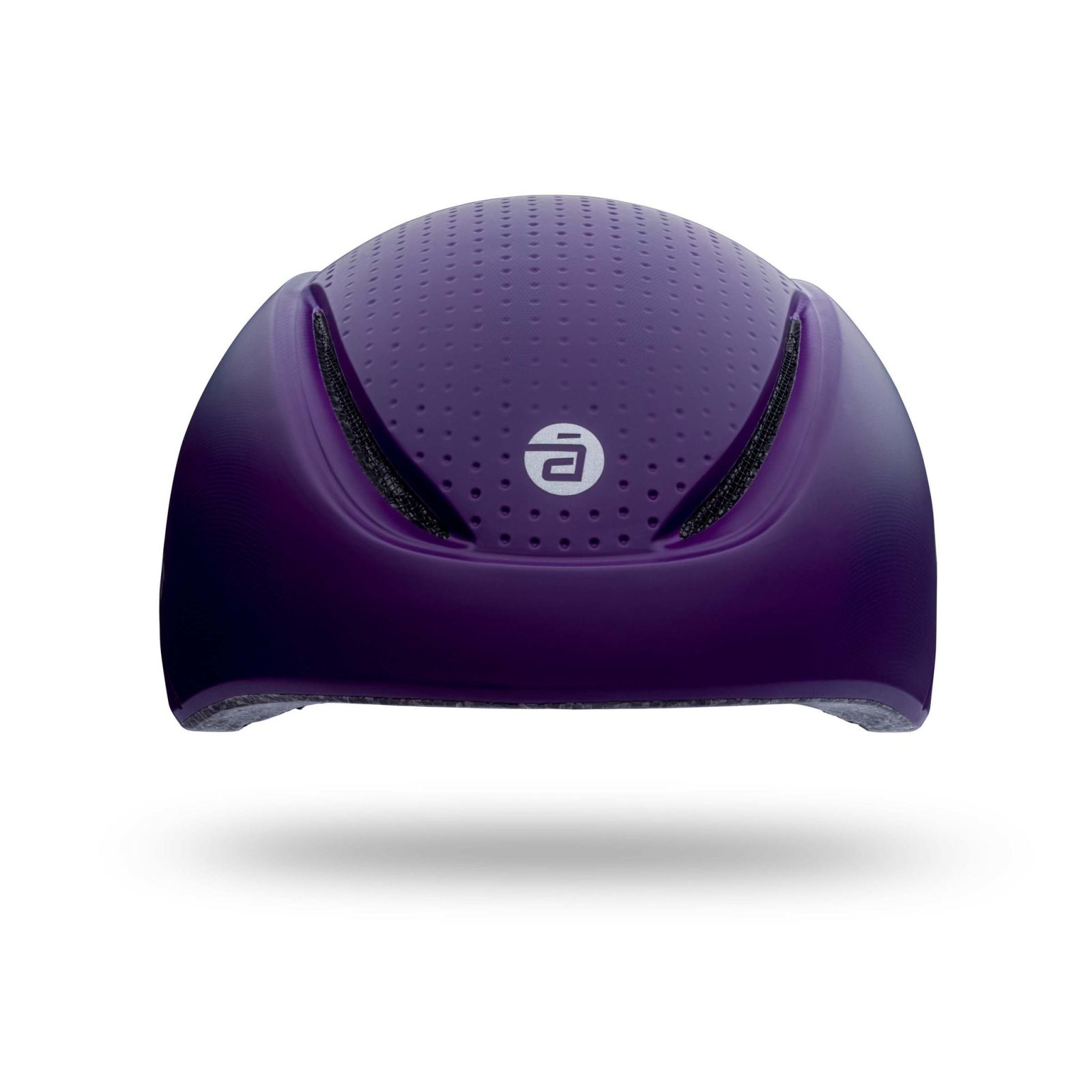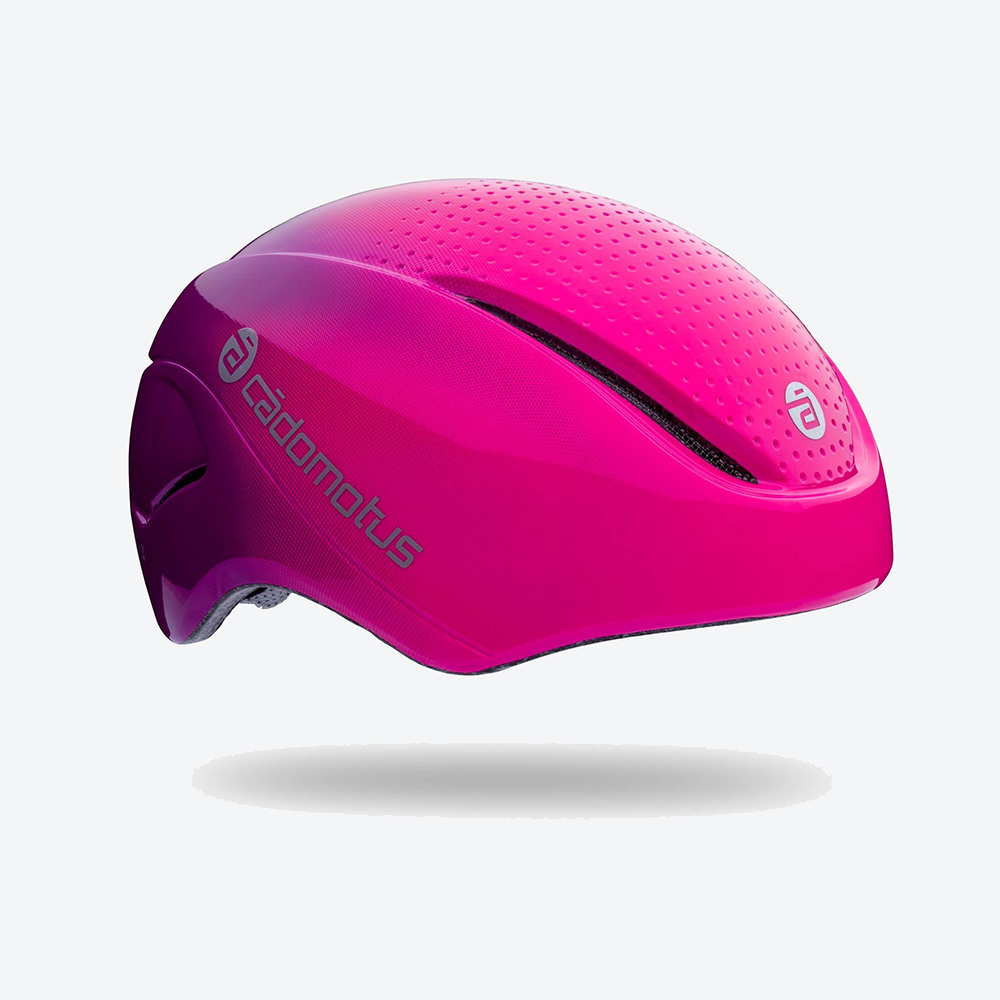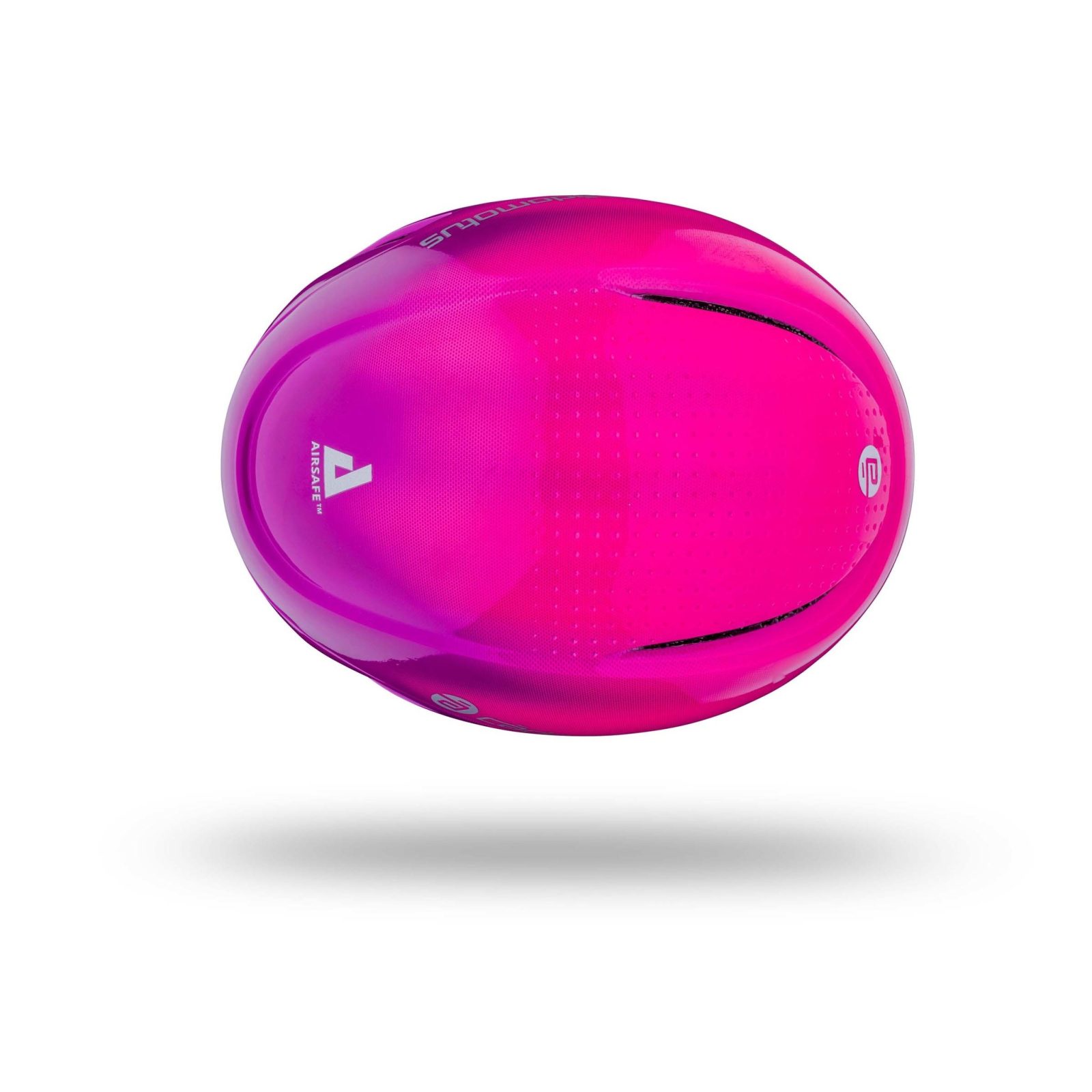Xact helmet cover set of 10 per color
$159.99
A set of sublimated high quality helmet covers for competitions, consisting of 10 covers numbered from 1 to 10 in the colors white, yellow, red, navy, black, green, pink, cyan and grey.
helmet cover
A set of sublimated high quality helmet covers for competitions, consisting of 10 covers numbered from 1 to 10 in the colors white, yellow, red, navy, black, green, pink, cyan and grey. The elastic prevents slipping off the helmet and stay in place during skating.
These helmet covers are made in Canada by Apogee sports.
Know more about Apogee here
Need to change your helmet click here
What Is Lycra Fabric?
Lycra fabric, also known as spandex or elastane, is a synthetic fiber known for its exceptional elasticity. It was developed in the early 1960s by chemist Joseph Shivers at DuPont’s Benger Laboratory in Virginia, United States. Lycra is composed of a long-chain polymer called polyurethane, which is known for its stretchability and strength. When woven or knitted into fabric, Lycra provides unparalleled stretch and recovery properties, making it an essential material in the production of various garments and textiles.
How Is Lycra Fabric Made?
The production process of Lycra fabric involves several stages:
Polyurethane Polymerization: The process begins with the polymerization of polyurethane, which involves the reaction of diisocyanates with diols. This results in the formation of long-chain polymers with alternating rigid and flexible segments.
Spinning: Once the polyurethane polymer is synthesized, it is spun into fibers through a process called dry spinning or melt spinning. In dry spinning, the polymer is dissolved in a solvent, extruded through spinnerets, and then solidified into fibers through evaporation of the solvent. In melt spinning, the polymer is melted and extruded through spinnerets, then cooled to form solid fibers.
Drawing: The spun fibers are then stretched or drawn to align the molecular chains, which enhances their strength and elasticity. This drawing process is crucial for achieving the desired stretch properties of the Lycra fabric.
Finishing: After drawing, the fibers may undergo various finishing processes such as heat setting, dyeing, and lubrication to improve their appearance, color, and handling characteristics.
Weaving or Knitting: Finally, the Lycra fibers are woven or knitted into fabric along with other fibers such as cotton, polyester, or nylon to create stretchable textiles suitable for various applications.
How Is Lycra Fabric Used?
Lycra fabric is widely used in the textile and apparel industry for its unique stretch and recovery properties. Some common applications of Lycra fabric include:
Athletic Wear: Lycra is a popular choice for activewear, sportswear, and athletic compression garments due to its ability to provide freedom of movement, support muscles, and enhance performance.
| Color | Black, Cyan, Fluo Green, Grey, Navy, Pink, Red, White, Yellow |
|---|

